Comparison of Wave Propagation Results for Tx Height of 10m
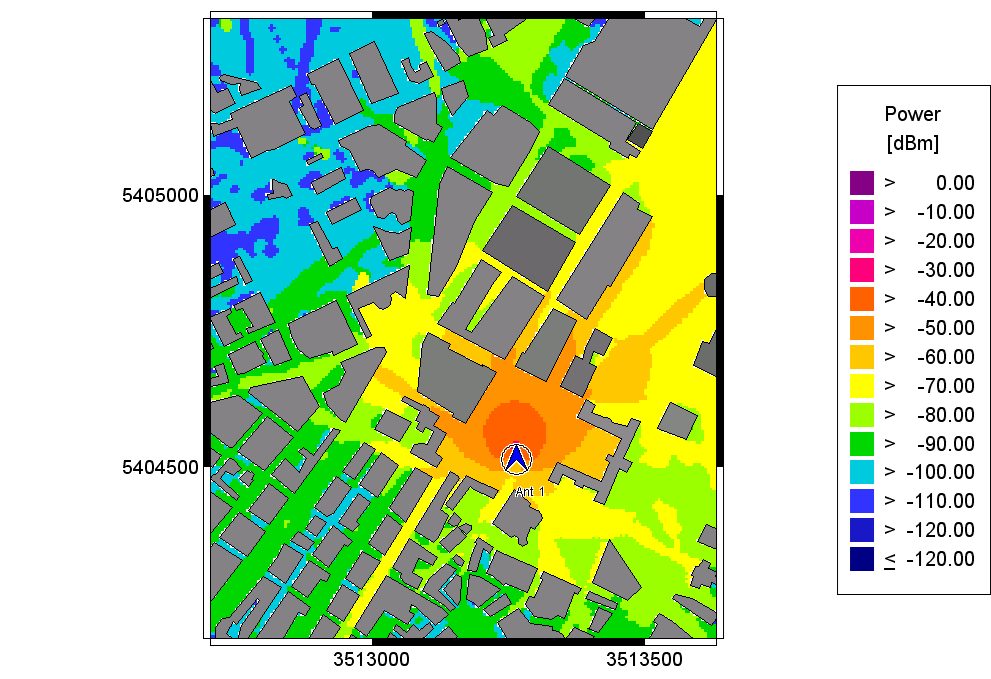
Figure 1. Prediction of received power using the measured 3D antenna pattern (Tx height 10 m).
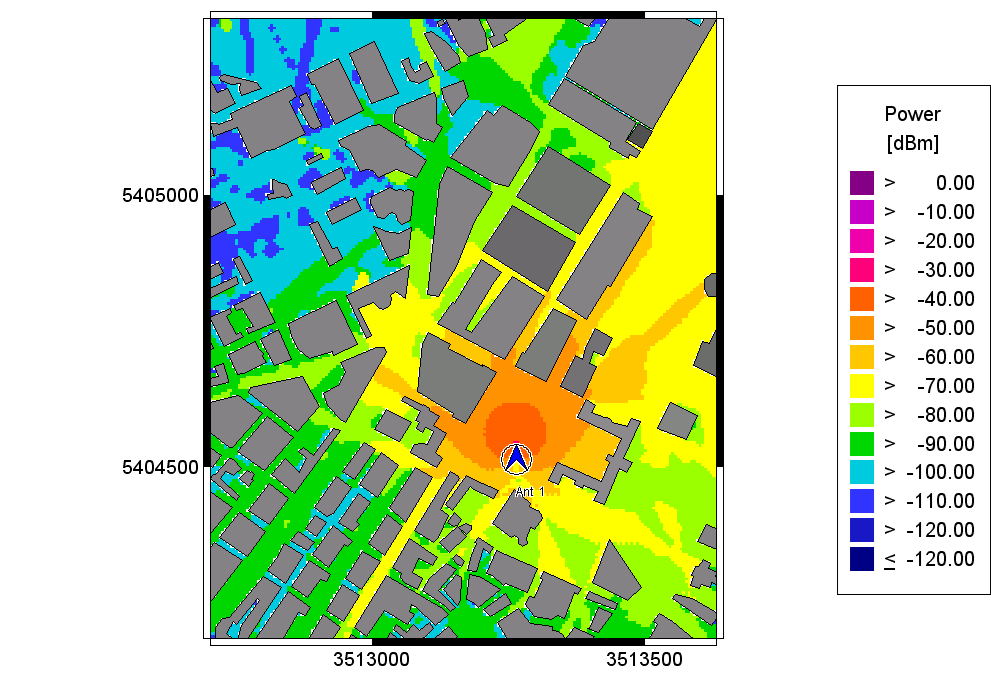
Figure 2. Prediction of received power using the interpolated 3D pattern (AM algorithm).
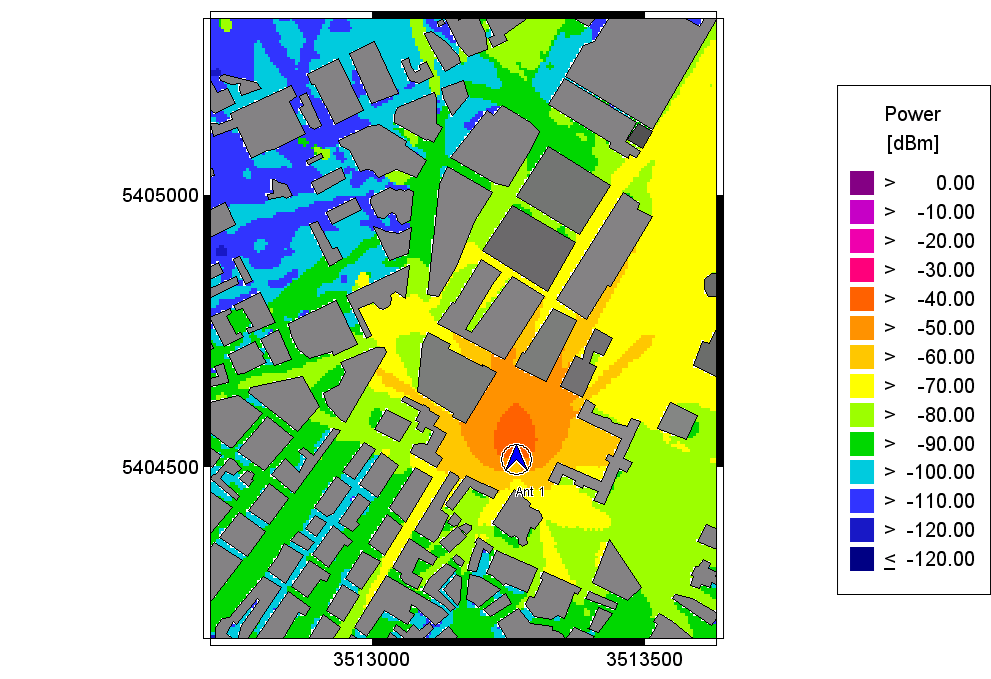
Figure 3. Prediction of received power using the interpolated 3D pattern (BI algorithm).
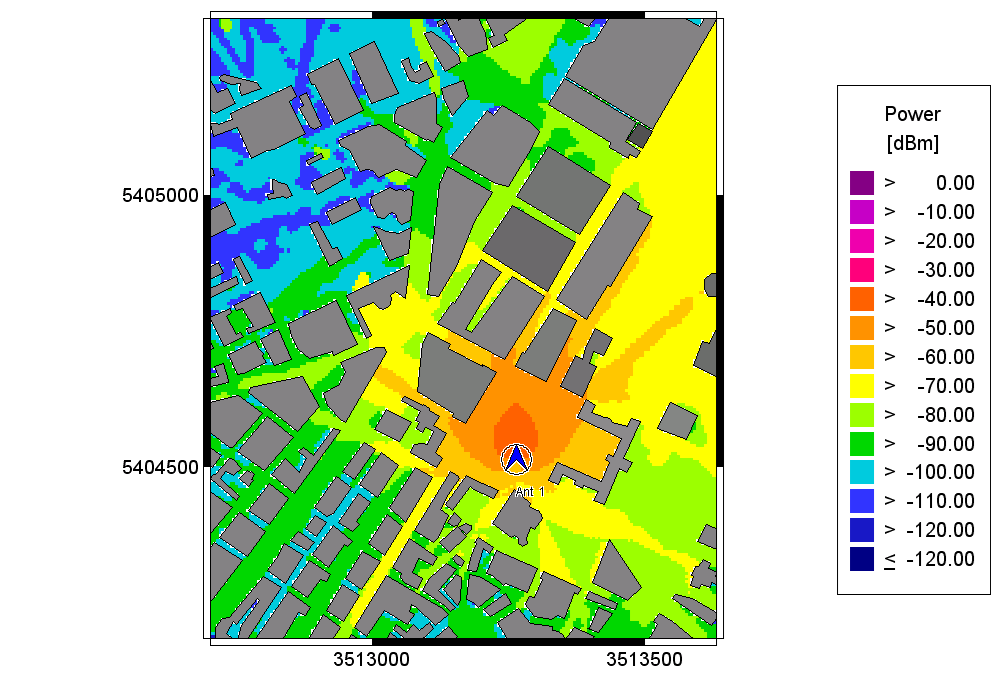
Figure 4. Prediction of received power using the interpolated 3D pattern (WBI algorithm).
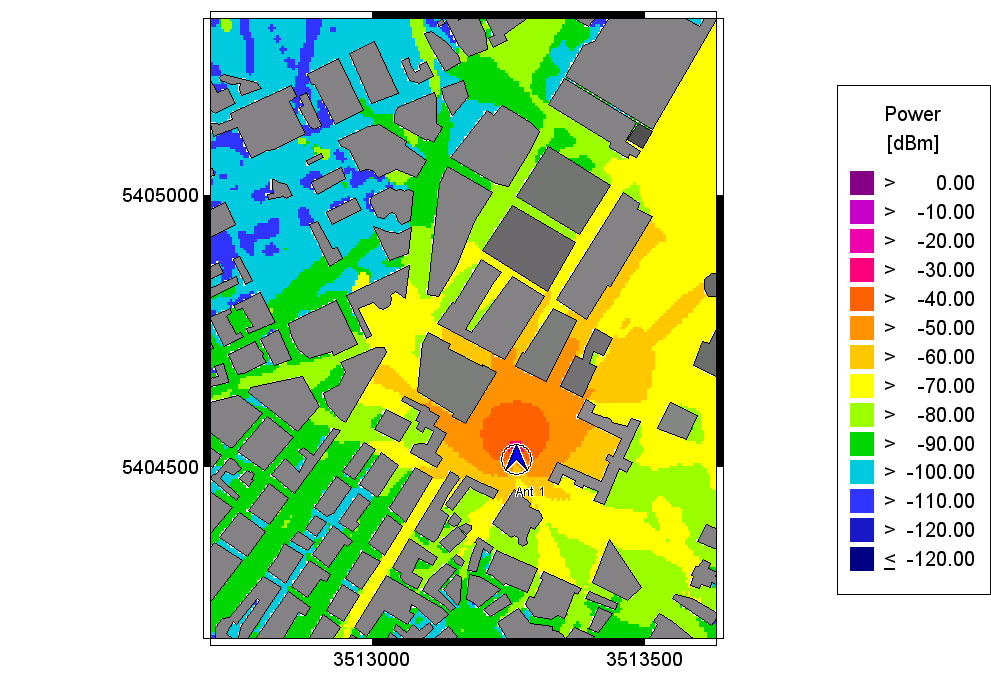
Figure 5. Prediction of received power using the interpolated 3D pattern (HPI algorithm).
The plots of the predicted received power for the reduced transmitter height of 10m show the influence of the antenna patterns on the wave propagation results. When comparing the different plots, there are some differences visible concerning the main lobe and the side lobes.
| Comparison | Polarization +45° | Polarization -45° | ||
|---|---|---|---|---|
| Measured 3D Pattern | Mean Value [dB] | Standard Deviation [dB] | Mean Value [dB] | Standard Deviation [dB] |
| AM Algorithm | 0.05 | 0.64 | 0.14 | 0.63 |
| BI Algorithm | 2.48 | 1.08 | 1.96 | 0.86 |
| WBI Algorithm | 0.76 | 0.73 | 0.78 | 0.70 |
| HPI Algorithm | -0.32 | 0.63 | 0.29 | 0.72 |
The numerical evaluation of these differences is listed in the table above. According to this evaluation again the AM algorithm has the best performance. However, the HPI algorithm achieves nearly the same performance.